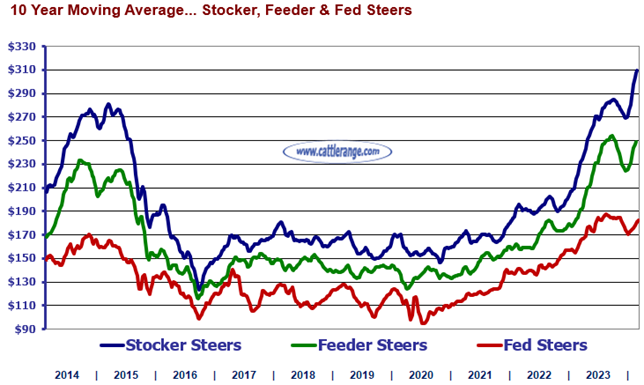Sunset
Give me a museum and I'll fill it. (Picasso) Give me a forum ...
The current price difference between beef and other meats like pork and chicken is amazing.
Chicken is really cheap, I think maybe it's due to slaughtering them because of the flu. Also the reason the eggs are back to $3+ per dozen.

